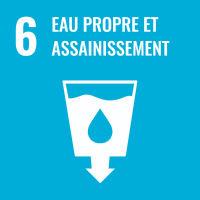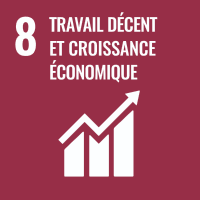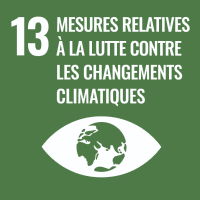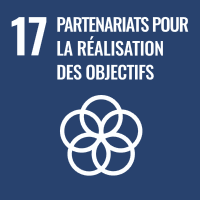Stuifzand (Hoogeveen) - Netherlands
Forest restoration and creation
The previous stand, mainly made up of coniferous trees such as spruce, was attacked by the bark beetle, leaving behind only dead trees.

The project is unusual in that the mix of species planted includes Japanese larch, which was chosen because it is a heliophilous (light-loving) pioneer species that grows rapidly, helping more demanding species to establish. Introduced to Europe in the 1920s, it is now widespread in the region. Its deciduous leaves improve soil quality and it is adapted to the local peat soils.
A number of trees and shrubs regenerate naturally on the site, including rowan, birch, late cherry (an invasive species that needs to be controlled), spruce, yew, serviceberry, Douglas fir and holly. Many ferns, which compete with planted species, require summer clearing for 2 to 3 years to allow the trees to free themselves.
The aim of the project is to restore the forest area by planting a mixture of species to promote the creation of a diverse, multifunctional forest capable of coping with the effects of climate change and at the same time providing a wide range of ecosystem services in terms of biodiversity, wood production, water quality and management, carbon storage and landscape restoration. It should also be noted that this forest is open to the public.





